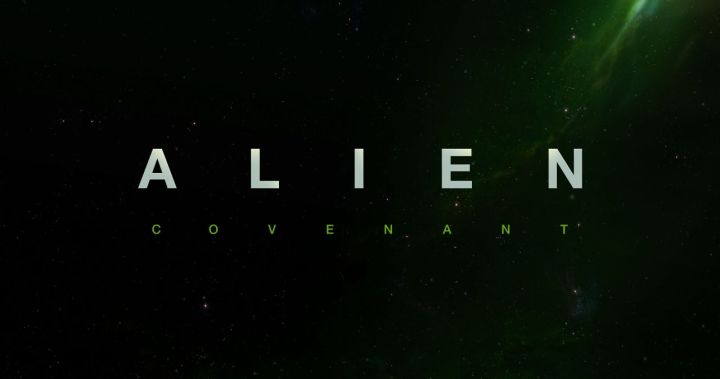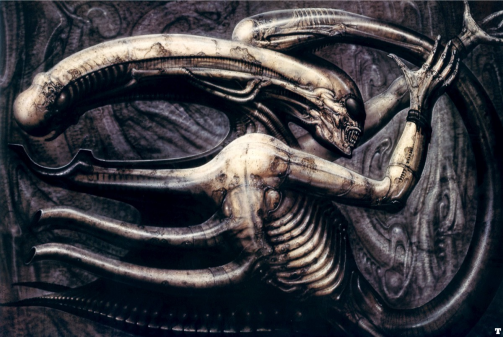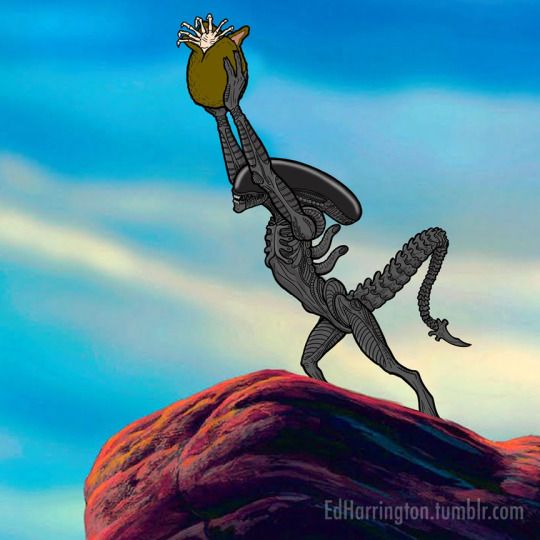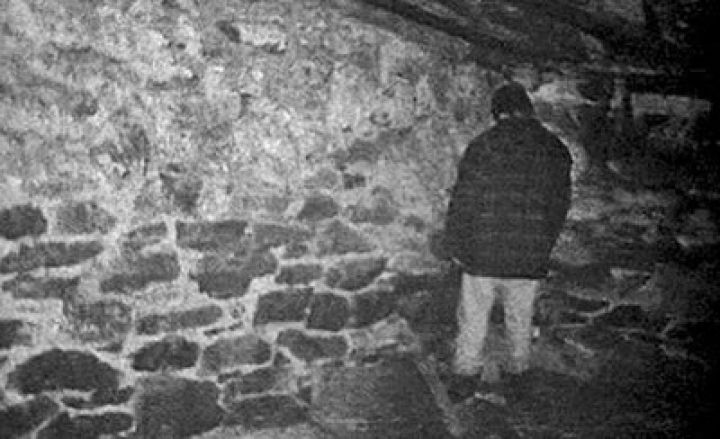I love horror movies of all kinds, but lately I’ve come to really appreciate those that can disturb their audience without over-reliance on the age old horror tool, the jump scare. I wrote a thing about it here, but in essence, when a film doesn’t rely heavily on jumps and jolts, it allows the its atmosphere and themes to really shine through, which tend to be more memorable and enduring for the audience. So here’s a quick list for #TopTenTuesday of great films that focus on deeper thematic horror beyond just jumps. Not that there isn’t still a jump or two here or there, you know, for good measure.
#10: The Invitation

There’s a current trend in mainstream comedy that my colleague and I have dubbed cringecore– basically comedy excruciatingly derived from awkward situations. The Invitation seems a bit like the black sheep of that family, in that it follows what might be the most awkward dinner gathering in history. Rather than turning funny, however, things get pretty messed up. The horror here comes in the audience’s unraveling of the relationship history among the attendees, culminating in a pretty thrilling climax. It’s enthralling for all the right reasons.
#9: A Girl Walks Home Alone at Night

Filmed in a noir-reminiscent black and white, this Persian-scripted film is an excellent, fresh take on the vampire tropes. Visually memorable and feminist in nature, the movie has been largely praised by critics, who like me, agree that it’s awesome to see such a vivid, humanist portrait of what is so often treated only with broad strokes. Add to this that the move is also just downright creepy thanks to its use of darkness, shadow, and of course to a haunting performance by Sheila Vand, and we have a winner.
#8: It Follows
A lot has been said about this movie. It’s definitely a darling of the indie horror circuit largely for its use of its unsettling, mildly surreal atmosphere. Some interesting reading on that atmosphere can be found here. It also predated Stranger Things as a scary love letter to the 80s with its haunting synth-heavy soundtrack. All elements collide in just the perfect way to turn what could have been a lame cautionary tale about teenage sex into something much more nuanced and artistic.
#7: Antichrist

Lars von Trier’s first entry into his unofficial “depression trilogy” is laden with his signature use of rich metaphor and symbolism, which some find overbearing. It covers a topic oft dealt with in horror: grief. Willem Dafoe and Charlotte Gainsbourg play parents dealing with the death of their young son, who foolishly decide to figure things out at an isolated cabin in the woods. The film was the subject of controversy upon release, drawing rightful accusations of misogyny in its thematic messages. However, taken as a trilogy with its successors, Melancholia and Nymphomaniac, once can start to see with more nuance the message: the assessment that mankind by its very nature is evil, because nature itself is evil. It’s pretty heavy metal.
#6: We Need to Talk about Kevin

Be warned. This one is definitely going to harsh your mellow. It’s a story that gets at deep seated horrors of parenting with ambiguity enough to keep you thinking about it for years. Without giving away spoilers, it also gets at some of the darkest trends of real life horror observable in current events: truly an American horror film. It’s always weird to see John C. Reilly giving serious performances (forever Dr. Steve Brule to me), and yet he does so admirably here. However, the real credit is due to an intense, heartbreaking performance by Tilda Swinton. If you haven’t seen it, you need to. Just make sure it’s already been a crappy day, because things won’t get better afterwards.
#5: The Babadook
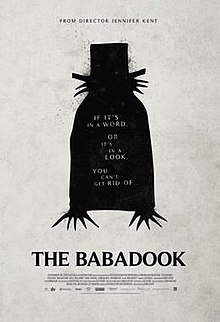
The Babadook offers a more allegorical approach to the subject of child rearing. Essie Davis protrays Amelia, a widow struggling at once to cope with the death of her husband, and to manage her particularly difficult son, Sam, who shows some symptoms of autism, although it is never explicitly discussed. Sam’s obsession with a childhood monster becomes a supernatural pressure point on Amelia, whose unraveling illustrates with incredible foreboding the toll her life is taking on her. It’s always nice to see women of horror at work, and director Jennifer Kent sets the bar high.
#4 Alter Ego

I’m sure at this point, the list has become pretty predictable, so I wanted to throw a wild card on here for you. Takashi Shimizu (director of Ju-On, among other memorable J-horror films) was a “supervising director” on this low-budget affair in 2002, and let me first say that most would probably not consider this film on the same critical level as others on this list. The production is cheap, the acting isn’t great and the script, well. Let’s just say it follows suit. HOWEVER: I found it to have a certain B-film charm to it. The film follows a group of girls at a photoshoot on the campus of an empty school. One by one, malicious doubles appear to pick them off. Shimizu makes the most with what he’s got, using some simple, but genuinely freaky special effects to make the doubles memorable, wacky and surreal. With its short run time of just about an hour, I recommend carving out a moment for this one, particularly if you like quirky, weird horror. Find it on Shudder.
#3: Contracted
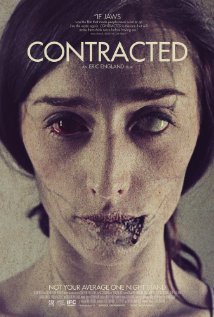
Here’s a novel idea: a zombie movie that focuses on the horrors of a single person becoming a zombie, rather than the apocalyptic hordes-of-undead stuff of traditional zombie lore. If the purpose of a jump scare is instantaneous payoff, Contracted seems to follow an opposite philosophy: the film’s horror is all about the slow degradation of its protagonist. You may need to look past a few hard-to-swallow moments, but this one rewards, overall. Extra kudos to the makeup team for subtly turning the protagonist into a pile of death over time.
#2: Beyond the Walls

Okay, technically Beyond the Walls is a three part miniseries rather than a film, but the pieces can easily be taken as a whole. It’s got an intriguing premise: a woman who inherits a mysterious house discovers a door inside its walls leading to a strange other-worldly place. I leave the spoilers off from there. The story is imaginative and dark, and there are a handful of cool visual moments that lend some memorable creepiness to it all, all without a single jump scare. There are a few unexplained moments and plot peculiarities, but on the whole, this one satisfies.
#1: The Witch

There was a lot of hype surrounding this one, and for once, it was all deserved. I can’t recommend this film enough to any horror fan. It is subtle, artistic, dark and heavily atmospheric while featuring some outstanding performances. The film is about a puritan family who is excommunicated to live on their own. Slowly, they succumb to their own flaws and are preyed upon until the film’s disturbing and memorable climax. The film is a wealth of possible interpretation, and I’m sure many will put their spin on it in the years to come. If you are a horror fan, you kind of have to check this one out.
